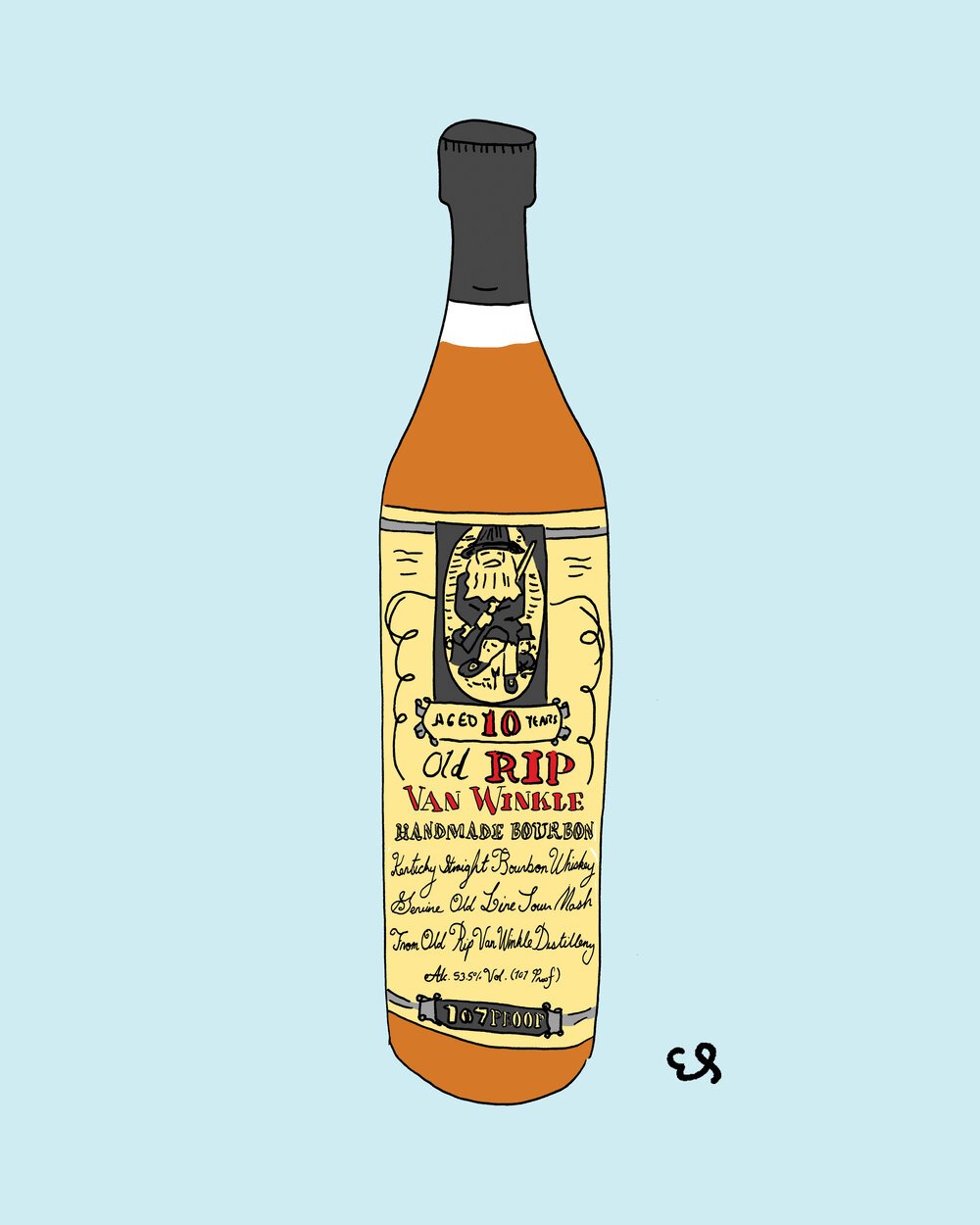The Significance of Whiskey Art in Celebrating Heritage and Workmanship in the Beverage Industry
The intricate connection between whiskey art and the event of heritage and workmanship within the drink industry can not be overstated. Via attentively created bottles and tags, whiskey brands envelop their historic roots and the artisanal skills that specify their production methods.
The Historic Origins of Whiskey
At the heart of whiskey's allure exists an abundant tapestry of historical roots that map back to ancient people. The beginnings of scotch can be connected to the purification methods of the Sumerians and Babylonians around 2000 BCE, where very early types of fermented grain drinks began to emerge. It was in the Center Ages that the art of distillation developed significantly, particularly in Ireland and Scotland, leading to the development of scotch as we know it today.
The term "scotch" itself stems from the Gaelic word "uisce beatha," suggesting "water of life." This expression underscores the cultural importance of whiskey in Celtic societies, where it was commonly connected with routines, celebrations, and common bonding. By the 15th century, distillation came to be a recognized craft within monastic communities, paving the way for the facility of legal distilleries.
As profession routes broadened, bourbon's popularity grew, going beyond local boundaries and catching the rate of interest of connoisseurs worldwide. Whiskey Art. This historical trip reflects not only the craftsmanship behind bourbon manufacturing however additionally its essential duty in cultural and social contexts, noting it as a significant beverage throughout background
Artistic Expression in Branding
Bourbon branding stands as a compelling crossway of virtuosity and business, where visual identification plays an essential role in shaping consumer understanding. The appearances of scotch tags, packaging, and advertising products reflect not just the brand's tale but also its core values and heritage. Through imaginative expression, distilleries communicate a narrative that resonates with customers, evoking emotions and stimulating links.
Making use of color, typography, and images in branding offers to differentiate products in a saturated market. For instance, typical motifs might evoke a feeling of authenticity and craftsmanship, while contemporary layouts can indicate technology and forward-thinking. This strategic artistic direction improves brand recognition and commitment, allowing customers to build an individual relationship with the scotch they select.
In addition, imaginative expression in branding typically works as a celebration of regional heritage. Distilleries frequently integrate local signs or historical references right into their layouts, producing a local color that invites customers to take part in a broader cultural experience. Inevitably, the virtuosity behind whiskey branding not just enhances visual allure but likewise improves the overall narrative of the brand name, cultivating a much deeper appreciation for the craftsmanship and heritage ingrained in each container.
Craftsmanship in Bottle Design
The creativity apparent in whiskey branding expands past visual identity to include the craftsmanship associated with container design. Each container acts as a vessel not just for the spirit within, but also for the story it tells concerning its origin, practice, and quality. The design process calls for thorough focus to information, as elements such as form, product, and closure contribute considerably to the general perception of the bourbon.
Craftsmanship in container design entails selecting top notch glass that can improve the whiskey's shade and clearness, while additionally giving a tactile experience for the consumer. The silhouette of the container must be both visually enticing and useful, frequently showing the heritage of the brand. Several distilleries select one-of-a-kind forms or embossed logos that evoke a feeling of credibility and history.
Moreover, the tag design and typography play a critical duty in connecting the brand's narrative. Realism Art. A well-crafted bottle not only astounds the consumer's eye but likewise strengthens the brand's dedication to high quality and custom. By doing this, the workmanship of bottle style comes to be an essential element of the scotch experience, combining virtuosity with an extensive respect for heritage
Cultural Relevance of Whiskey Art
Commemorating tradition and workmanship, the cultural relevance of whiskey art transcends simple looks, linking with the historic and social stories of the areas from which it stems. Each bottle works as a canvas, showing the distinct tales, folklore, and traditions that have formed local whiskey-making methods. The elaborate styles usually show the heritage of the distillers, including symbols and motifs that resonate with the society and values of their areas.

On top of that, bourbon art plays an essential duty in common celebrations and parties, offering as a concrete link in between individuals and their shared experiences. By valuing the creativity in whiskey packaging, consumers grow a deeper understanding and regard for the craft, eventually enhancing their satisfaction of the drink itself.
Modern Trends in Bourbon Discussion
In recent times, the presentation of whiskey has advanced to mirror contemporary tastes and trends while still recognizing conventional craftsmanship - Bourbon Art. Distilleries are increasingly concentrating on visual elements that enhance the total alcohol consumption experience, linking the space in between heritage and modernity
Cutting-edge container layouts have emerged, often including lasting materials and artistic tags that tell engaging stories. Several brands now team up with local artists, instilling their items with distinct visual expressions that reverberate with consumers. Furthermore, limited-edition launches are usually packaged in collectible containers, adding worth and appeal for lovers.
Verdict
In conclusion, scotch art offers as an important avenue for revealing the heritage and craftsmanship intrinsic in the beverage sector. Through elaborate branding, ingenious container layouts, and culturally significant artistic aspects, scotch brands efficiently recognize their traditions and attach with customers.


Workmanship in bottle design involves selecting top notch glass that can improve the whiskey's color and clearness, while additionally offering a tactile experience for the consumer. In this way, the craftsmanship of container style ends up being a vital aspect of Bourbon Art the bourbon experience, merging virtuosity with an extensive regard for heritage.
In final thought, whiskey art offers as an essential conduit for expressing the heritage and craftsmanship inherent in the beverage sector.